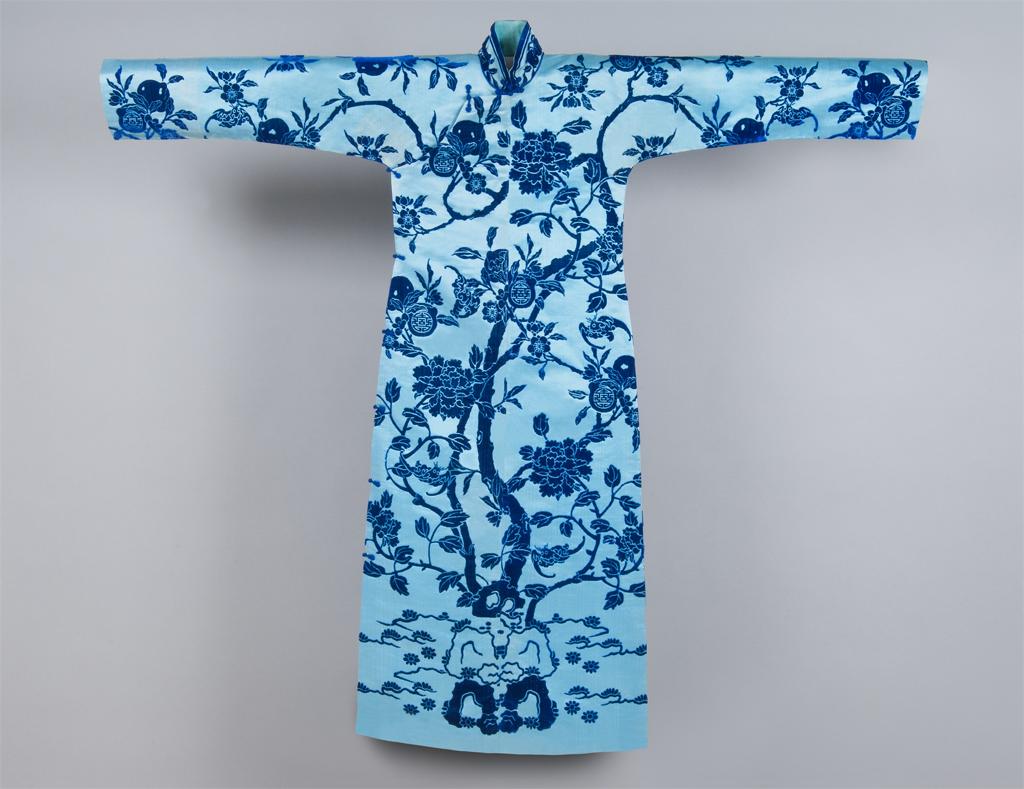
Guest post by Raymond Pun
Raymond Pun is the first-year-student success librarian at the Henry Madden Library, Fresno State. He coordinates and organizes the first year information literacy program and student engagement activities across campus. He holds an M.L.S. from City University of New York – Queens College, M.A. in East Asian Studies, and B.A. in History from St. John’s University.
May is Asian-Pacific American (APA) Heritage Month. It’s an opportunity for all to reflect on and celebrate the cultures, traditions, achievements, and contributions of Asian and Pacific Americans in the United States. It’s also a chance to have meaningful conversations about important issues that affect APA communities, such as cultural appropriation–one critical topic of discussion that affects all ethnic groups. This concept is defined as the adoption of features from one culture, often minority ones, by members of the dominant or another culture. In APA experiences, we find that there are a number of examples of misappropriations occurring today in popular culture, music, images, performances, food, and clothing.
How can you teach cultural appropriation in the form of images to your students? There are a number of ways to show how cultural appropriation has been applied in the APA context. For example, we can explore food by searching and showing images of authentic Asian dishes made in the U.S. and how some of these dishes are now being misappropriated or mislabeled by another cultural group. This can spark new conversations as to why “trending” Asian food should never be labeled as the “new” anything out of context. For this assignment, you can show images of Asian dishes and facilitate the surrounding polemic discourse of cultural appropriation that is occurring today. From ramen noodles to Cambodia’s Buddhist rituals of offering food, these images can show what is culturally authentic and what is culturally misplaced.
This classroom discussion can be enhanced by integrating the Library of Congress’ primary source analysis tool, where students can fill out their responses to certain texts or images of Asian food that they have encountered. You can also apply the “think-pair-share” method, where students can pair up to share their primary source analysis document and discuss their perspectives. This activity can help engage students to learn from one another and to share their thoughts and reflections on cultural issues that may be different from their own experiences.
Recently a student wore a qipao, a Chinese dress for women, to her high school prom in Utah. This incident created social media debates as to whether this is considered cultural appreciation or appropriation. In this example, you can run searches in the Artstor Digital Library relating to this dress and connect to its origins in 1920s Shanghai. By drawing on the historical connections of the qipao, you can show how and why this dress was designed to serve what purpose. The exercise involves discussions with students to see and learn about the history of this dress and its fine details. Artstor has great resources to zoom in on images so students can understand more about the dress in fine detail, and decide whether this case is considered a form of cultural appropriation.
From cultural appreciation to cultural appropriation, the important part of such activity is to facilitate meaningful dialogue and engagement with students on these experiences in the classrooms. By using images from Artstor and scholarly texts from JSTOR to engage with these complex issues, students can become more culturally aware and sophisticated when they interact with those from different backgrounds and perspectives.
Listen to a recording of Ray Pun’s Asian-Pacific American Heritage Month webinar.


